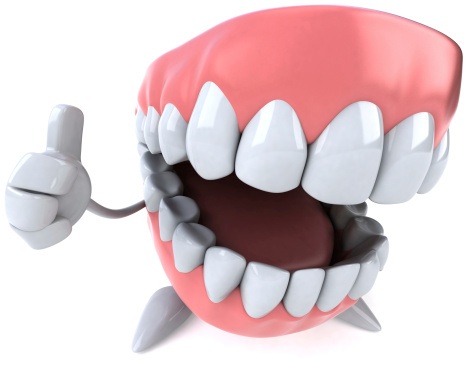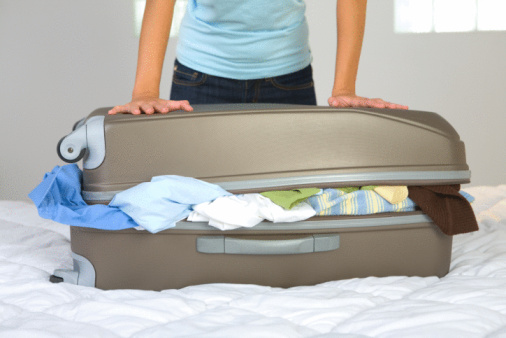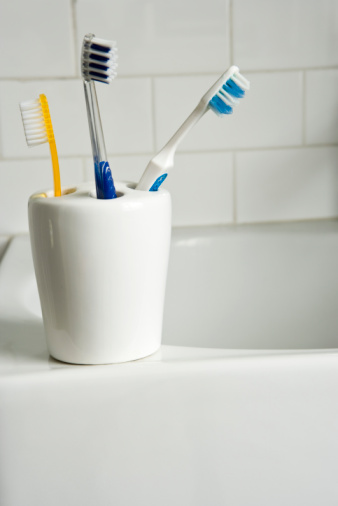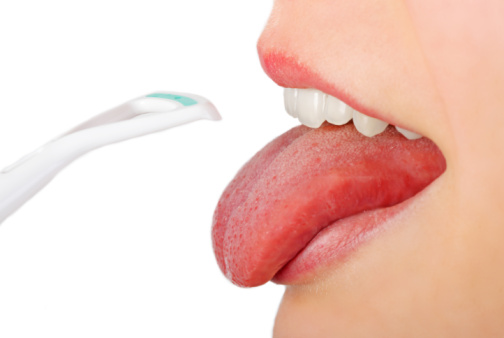At Dentistry in Buckhead, we make it a priority to conserve the environment as we care for our patients’ smiles. Atlanta dentist Dr. Peter Pate and his team want to keep Atlanta beautiful while keeping the smiles of you and your family beautiful as well.
Go Green
To do this, we employ a number of green practices, not only in the way we provide dental care for our patients, but also in our front office. Our green practices include:
- Recycling: You’d be amazed at how much waste a dentist office produces. To do our part and help the environment, we abide by a multi-faceted waste and recycling system. First, we recycle anything and everything that is recyclable by taking it to local recycling centers. Second, we use products produced from recycled materials whenever possible, and this includes some of the products used in your dental care. We’ve found that it’s healthier for you and the environment if we use disposable and recyclable dental tools when available. After your appointment, we discard these tools, creating a cleaner, more sanitary environment for you and less non-decomposable waste for the planet.
- Chartless: While we’re still in the process of going completely paperless, we are chartless! To maintain this standard, we use an advanced system of digital records and claim filing to reduce paper waste. This system is also more efficient and convenient for you as our patient. With digital files, your records can easily be shared between us and your other medical care providers, as well as with your insurance company for easy filing. (more…)







